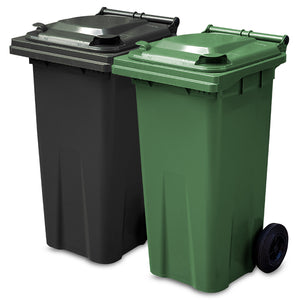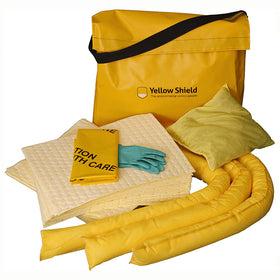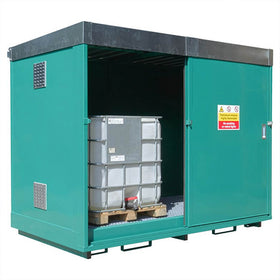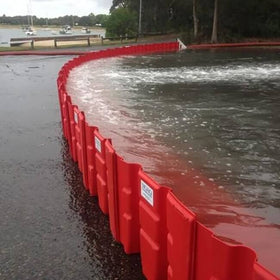Methods used for chemical spill procedures
In the last week there have been two separate chemical spillages in the UK, one at a drugs manufacturing plant in Deeside, Wales, and another at a drycleaners in Ipswich. Fire officials and ambulances were called to both incidents, and each resulted in people being admitted to hospital.
The aim of this blog is to analyse the methods that would have been used to;
a, Contain the spills and protect the watercourse and
b, Clean up the spill and render the area safe.
Be Prepared
Preparedness is the key to dealing with chemical spills. If your business deals with hazardous liquids daily then it is essential that all employees are given adequate training to deal with spills in the correct way. If you have spill kit equipment on site then it is paramount that you have a spill procedure plan that all employees can safely carry out.
If the spilled chemical is volatile or flammable then you must immediately turn off all sources of ignition and, if indoors, ventilate the area. Before attempting to tackle the spill you must ensure that you attire yourself in the appropriate PPE equipment.
In cases described above the nature of the spill had been quickly identified by the first responders present at the scene. In the case of the drug manufacturing plant they enacted their emergency planning procedures and requested the presence of fire officials and paramedics.
If you are unsure what type of chemical has been spilt, you can still begin to contain the spill using standard chemical absorbents, as chemical absorbents are designed to deal with most hazardous spills of an unidentified nature.
Containing the Spill
In the case of an outside spillage, as in Ipswich, the first spill containment measure to undertake would be to place chemical land booms around the perimeter of the spill, cutting off the access to unprotected drains in the surrounding area.
Once the spill has been contained it can be absorbed through the deployment of chemical pads, starting at the edge of the spill and circling inwards to reduce the potential for splash and spread of the spilled liquid.
In the event of an indoor spillage containment booms may not required as there is no threat to the watercourse from exposed drainage works. Chemical absorbent pads could be used to absorb the spill depending on the size and area that the spill covered.
Any pads or land booms used to clean up a chemical spill would have to be disposed off as hazardous waste. The soiled absorbents can be placed into disposable bags and discarded accordingly.
Neutralising the Spill
Once the majority of the chemical has been absorbed you can then consider using a neutralizing agent to return the area to safe working conditions.
The acid neutraliser is a powder that can be applied to the remainder of the spill, rendering it safe via a chemical reaction and producing an inert residue that can be disposed of as general waste. The acid neutraliser will contain a colour indicator change to notify you when the reaction has completed and the chemical has been made safe.
In some cases fire fighters can dilute certain acids with water or transfer liquids to safe containers for disposal. Once the spill has been cleaned up you can then wash down the area with a mild detergent and water.




